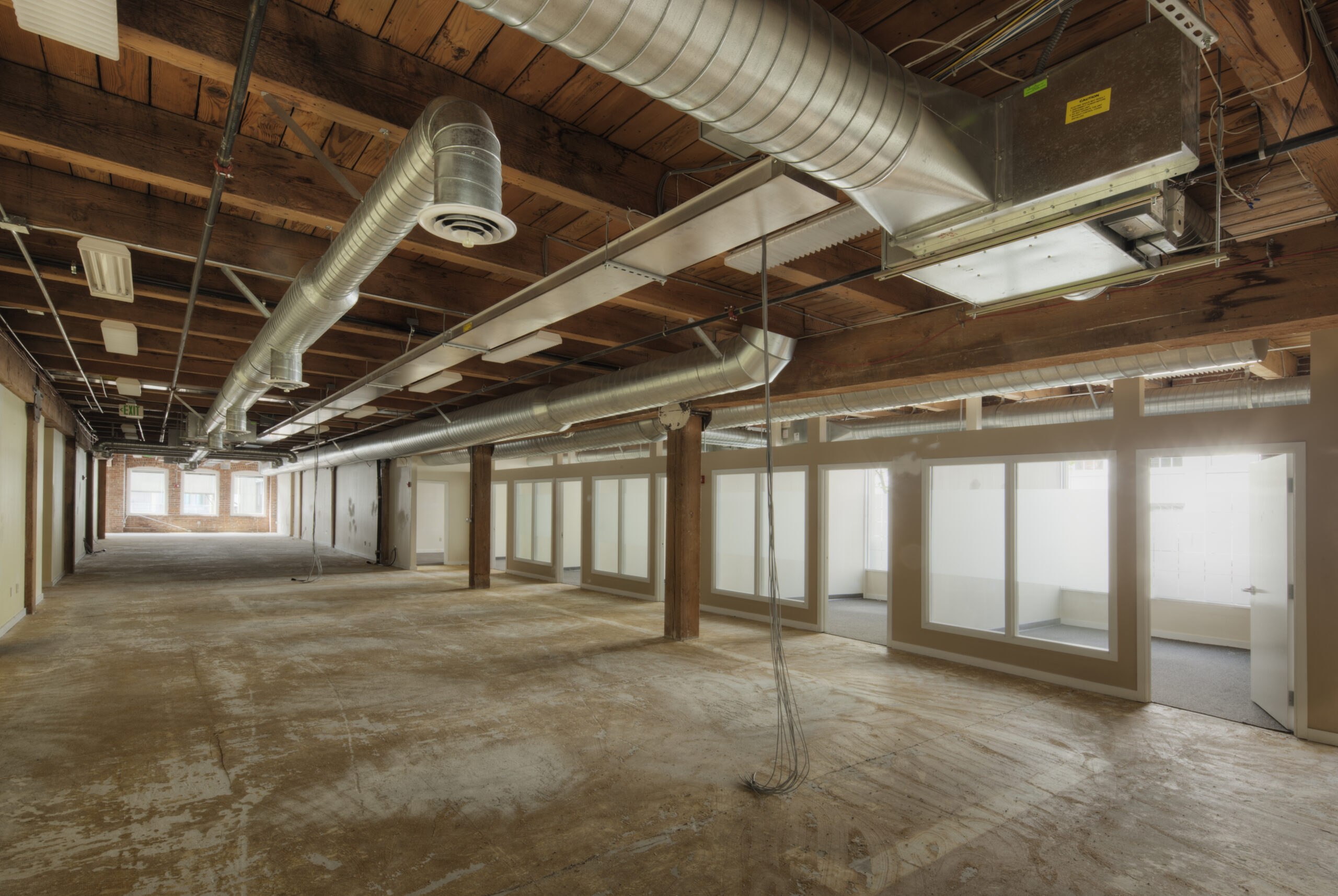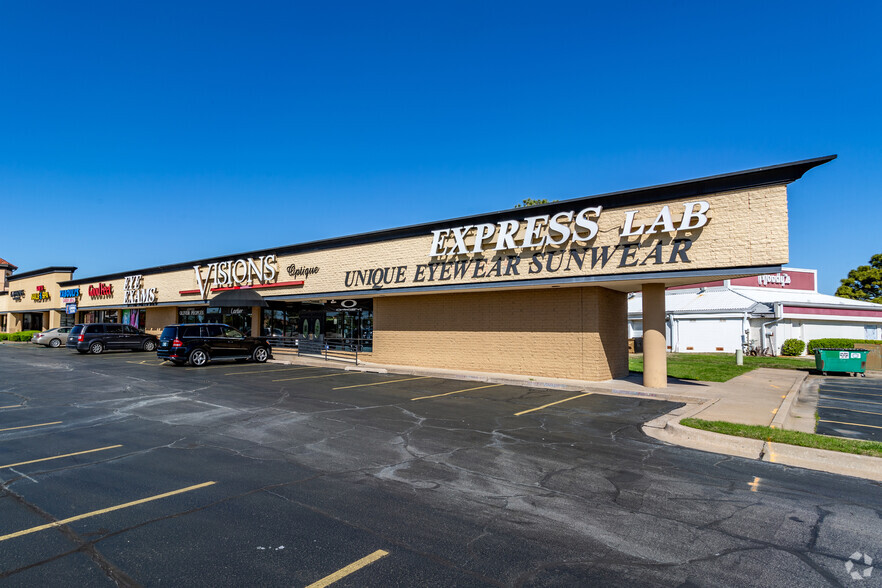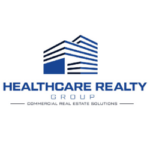The healthcare real estate sector is a unique and complex industry, requiring a nuanced understanding of the specific needs of medical professionals. One of the most critical aspects of healthcare real estate leases is the concept of Tenant Improvements (TIs). These are alterations to a rental property to customize the space to the tenant’s needs. In the context of healthcare, TIs can include specialized medical equipment installations, modifications for patient privacy, or adaptations for accessibility.
Understanding Tenant Improvements
Tenant Improvements (TIs) are typically negotiated during the lease agreement process and are often a significant part of the lease contract. The landlord usually provides a Tenant Improvement Allowance (TIA), a specific amount per square foot towards the cost of the improvements. The TIA can cover a wide range of modifications, from basic cosmetic changes like painting and flooring to more extensive alterations like plumbing, electrical work, or structural modifications.
Maximizing TIs: Key Strategies
- Thorough Planning and Design: The first step towards maximizing TIs is a comprehensive understanding of your needs. Medical professionals should work closely with architects and designers who specialize in healthcare facilities. They can help create a design that meets current needs and anticipates future growth and changes in healthcare delivery.
- Negotiating a Generous TIA: The Tenant Improvement Allowance is critical to the lease negotiation. Tenants should not only negotiate for a higher TIA but also ensure that the terms of its use are flexible. For instance, unused TIA funds could be applied toward rent or other expenses.
- Efficient Use of Space: Efficient space utilization can significantly reduce the cost of TIs. For example, using modular designs or multi-purpose rooms can reduce the need for extensive renovations. Additionally, considering the flow of patients and staff can help design a layout that minimizes the need for structural changes.
- Sustainable and Energy-Efficient Improvements: Incorporating energy-efficient designs and sustainable materials can lead to long-term savings. While these improvements might require a higher upfront investment, they can reduce utility costs over time and may qualify for tax credits or rebates.
- Leveraging Technology: Technology can play a crucial role in maximizing TIs. For example, telemedicine capabilities can reduce the need for physical space, while advanced medical equipment might require specific installations or modifications.
- Understanding Local Regulations: Healthcare facilities are subject to numerous regulations, including those related to privacy, accessibility, and safety. Understanding these regulations can help avoid costly compliance-related renovations in the future.
Maximizing Tenant Improvements in healthcare real estate leases requires a strategic approach that balances immediate needs with long-term considerations. By leveraging efficient design, sustainable practices, and technology, medical professionals can create a space that meets their current needs and adapts to the evolving landscape of healthcare delivery. With careful planning and negotiation, Tenant Improvements can become a powerful tool for enhancing patient care and driving the success of a healthcare practice.






